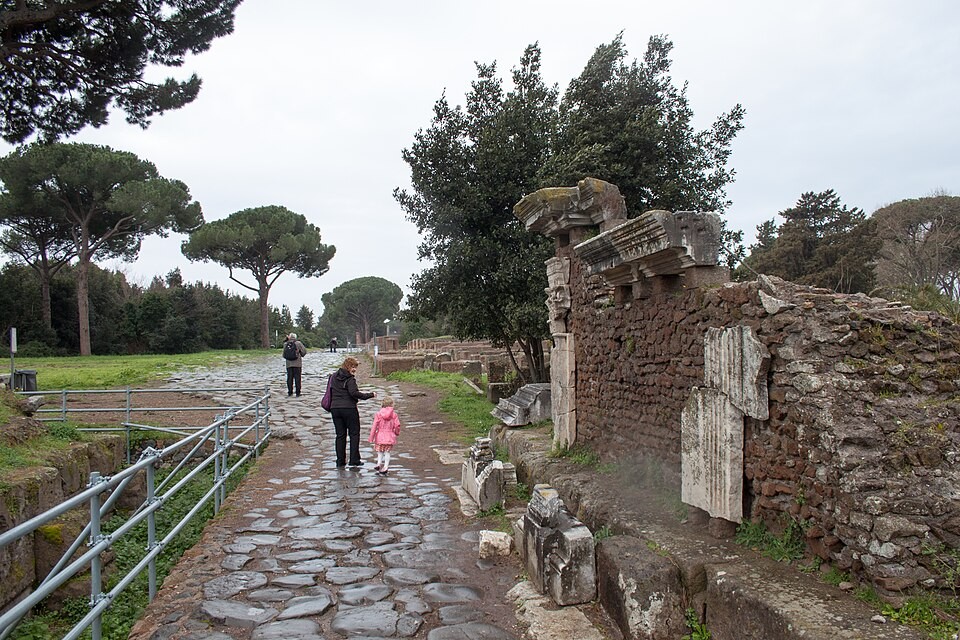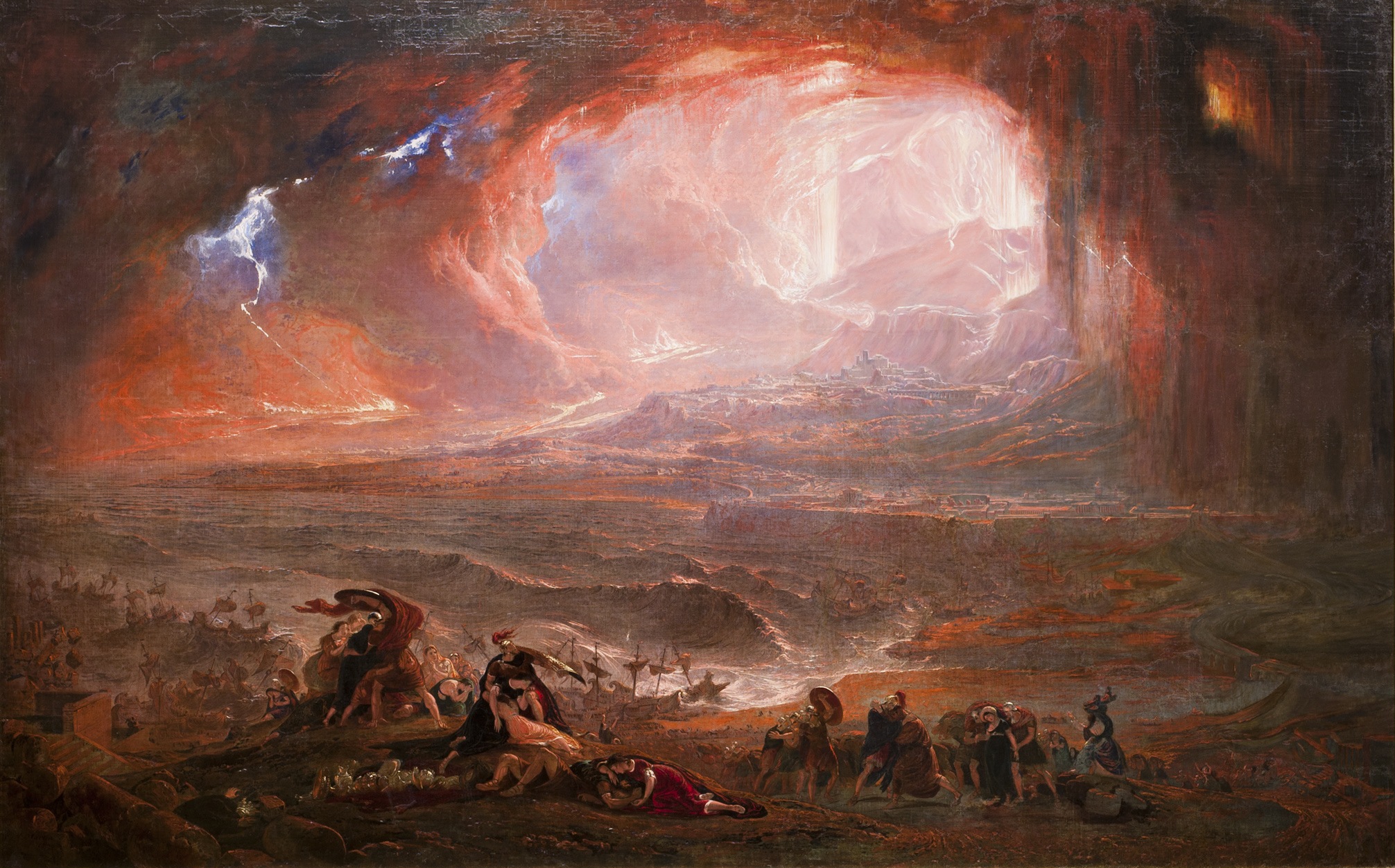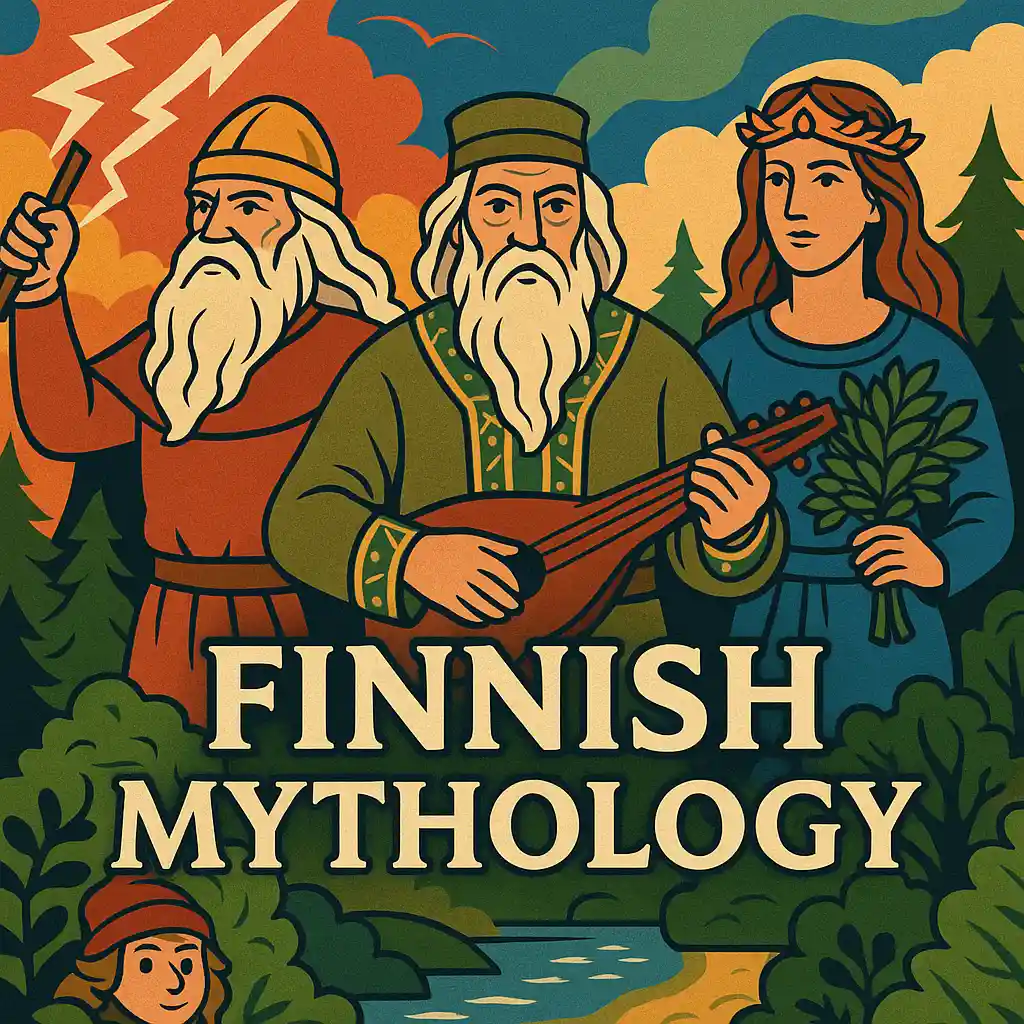
Rome is a city steeped in history, where every corner tells a story of ancient civilizations, empires, and cultural evolution. Among its countless historic landmarks, one stands out for its profound historical significance — the oldest street in Rome, which has recently earned recognition on the UNESCO World Heritage List. This ancient road, steeped in stories of everyday life, commerce, and religion, offers a unique window into Rome’s illustrious past.
The Oldest Street in Rome: A Journey Through Time
Known locally as the Via Appia Antica, or the Appian Way, this road was originally constructed in 312 BC as a vital military and commercial artery linking Rome to southern Italy. Over centuries, the Appian Way witnessed the footsteps of Roman soldiers, merchants, pilgrims, and emperors, serving as a backbone to the growth and expansion of the Roman Republic and later the Empire.
The Appian Way’s historical significance extends beyond its age. It symbolizes Rome’s remarkable engineering prowess and strategic foresight. Stretching over 350 miles, this road facilitated trade, troop movements, and cultural exchange across the Mediterranean, cementing Rome’s influence for centuries.
Why the Oldest Street in Rome Deserves World Heritage Status
The inclusion of the Appian Way on the UNESCO World Heritage List recognizes not just the road itself but the immense cultural and historical heritage it represents. Alongside the ancient paving stones lie ruins of tombs, aqueducts, and catacombs, each revealing stories of Roman life, death, and spirituality.
This street has witnessed pivotal moments in history—from military campaigns to religious pilgrimages. Its preservation allows modern visitors to walk in the footsteps of legendary figures and ordinary citizens alike, experiencing firsthand the physical connection to antiquity.
UNESCO’s designation highlights the importance of protecting such sites, ensuring that future generations can appreciate Rome’s unique contribution to world history and civilization.
The Architectural and Archaeological Wonders Along the Road
Walking the oldest street in Rome, visitors encounter remarkable architectural and archaeological landmarks. The Catacombs of San Callisto and San Sebastiano, hidden beneath the surface, tell the story of early Christian communities and their struggles during periods of persecution.
Nearby, the ruins of Roman villas and tombs, like the Tomb of Cecilia Metella, showcase the opulence and artistic achievements of Roman aristocracy. The road itself, constructed with durable basalt stones, remains a testament to Roman engineering excellence, built to withstand centuries of use and natural wear.
This rich tapestry of history attracts scholars, archaeologists, and tourists who seek to understand Rome’s layered past through its tangible remnants.
The Cultural Importance of Preserving Ancient Streets
The preservation of the oldest street in Rome serves a broader cultural purpose beyond mere conservation of physical structures. It nurtures a connection between past and present, allowing societies to maintain a sense of identity rooted in shared history.
Ancient streets like the Appian Way are living museums — places where history is not confined to books but experienced through sight, sound, and touch. They foster education, tourism, and cultural pride while reminding us of the achievements and challenges of our ancestors.
The global recognition through UNESCO aids in mobilizing resources and attention to safeguard this invaluable cultural heritage.
How the Appian Way Shapes Modern Rome
Even today, the legacy of the oldest street in Rome influences the city’s layout and urban culture. Portions of the road remain in use, blending ancient history with contemporary life. Cycling and walking tours along the Appian Way have become popular, connecting locals and tourists with Rome’s deep past.
The street also inspires artists, writers, and historians who draw upon its rich heritage for creative and scholarly work. By bridging antiquity and modernity, the Appian Way continues to contribute to Rome’s identity as a city where history lives and breathes.
Outbound Links
-
Discover more about Rome’s ancient roads at the British Museum’s Ancient Rome Collection.
-
Learn about UNESCO World Heritage criteria and sites at UNESCO World Heritage Centre.
-
Explore Roman catacombs and early Christianity at Vatican Museums Official Site.
FAQ Section
Q1: What is the oldest street in Rome?
A1: The oldest street in Rome is the Via Appia Antica (Appian Way), built in 312 BC.
Q2: Why is the Appian Way important?
A2: It was a key military and commercial road that helped expand Rome’s influence across Italy and beyond.
Q3: What can visitors see along the Appian Way?
A3: Visitors can explore ancient ruins, catacombs, tombs, and well-preserved Roman paving stones.
Q4: When was the Appian Way added to the UNESCO World Heritage List?
A4: It was recently recognized for its outstanding universal value as part of Rome’s historic center and related archaeological sites.
Q5: How does the Appian Way influence modern Rome?
A5: It shapes the city’s cultural identity and serves as a route for tourism, education, and recreation.
Q6: What efforts are in place to preserve the Appian Way?
A6: UNESCO designation helps secure funding and global attention to conserve this ancient road and surrounding heritage sites.




